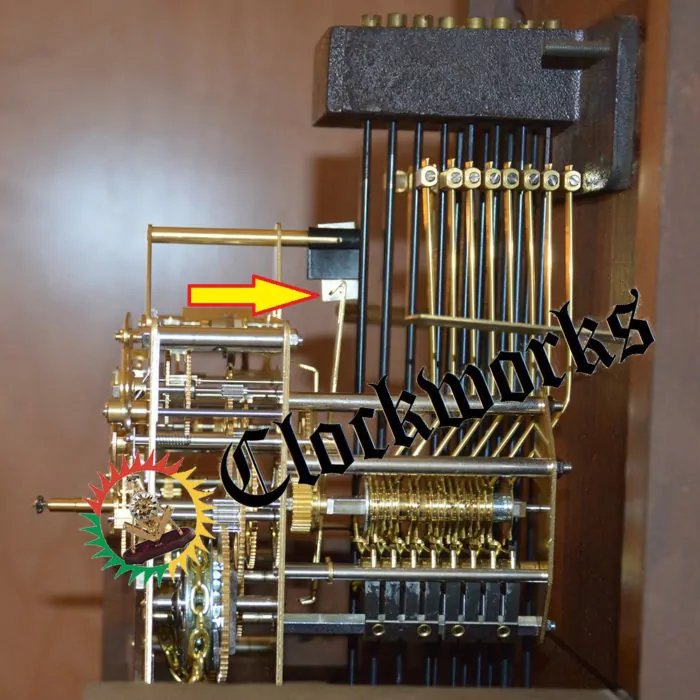Clock Pendulum Suspension-Spring Information
Clock Pendulum Suspension-Spring Information
Click on the picture to shop Clock Suspension Springs on Clockworks.com
The following is a discussion on clock pendulum suspension-spring information. Naturally, suspension springs do not have to be exact in length. If the clock runs slow, simply raise the pendulum bob with the rating nut at the bottom.
Likewise, if the clock is running fast then turn the rating nut to lower the pendulum bob.
Click on the picture to shop Clock Rating Assembly on Clockworks.com
Most common springs
By and large, suspension spring A is the most common style suspension spring. Of course, it is most likely the one by default.
If the old suspension spring looks similar to this one then it is right. As a general rule of thumb, small mantle clocks take suspension A1, wall clocks and small grandmother units will take suspension A2.
The A3 size is for grandfather clock units with a larger pendulum bob diameter.
Click on the picture to shop Clock Suspension Spring A Assortment on Clockworks.com
This size can also be seen on Grandmother clocks with larger bob diameters. Use the larger A3 with large bob diameters so the bob will not wobble front to back.
If using a pendulum with a bob of 8 1/2 inch diameter or larger please order Suspension A3 for this reason.
Not as common
Urgos uses the single hook style as seen in picture suspension B. However suspension A was the very most common to use.
Click on the picture to shop Clock Suspension Spring B on Clockworks.com
Very old antique round movements mainly use Suspension C and Suspension D. These are mainly French clocks and US made units made prior to 1945.
Click on the picture to shop Clock Suspension Spring C on Clockworks.com
Click on the picture to shop Clock Suspension D on Clockworks.com
*The content of this website is copyright by Clockworks Inc.
Updated on: 07/11/2025
Thank you!






